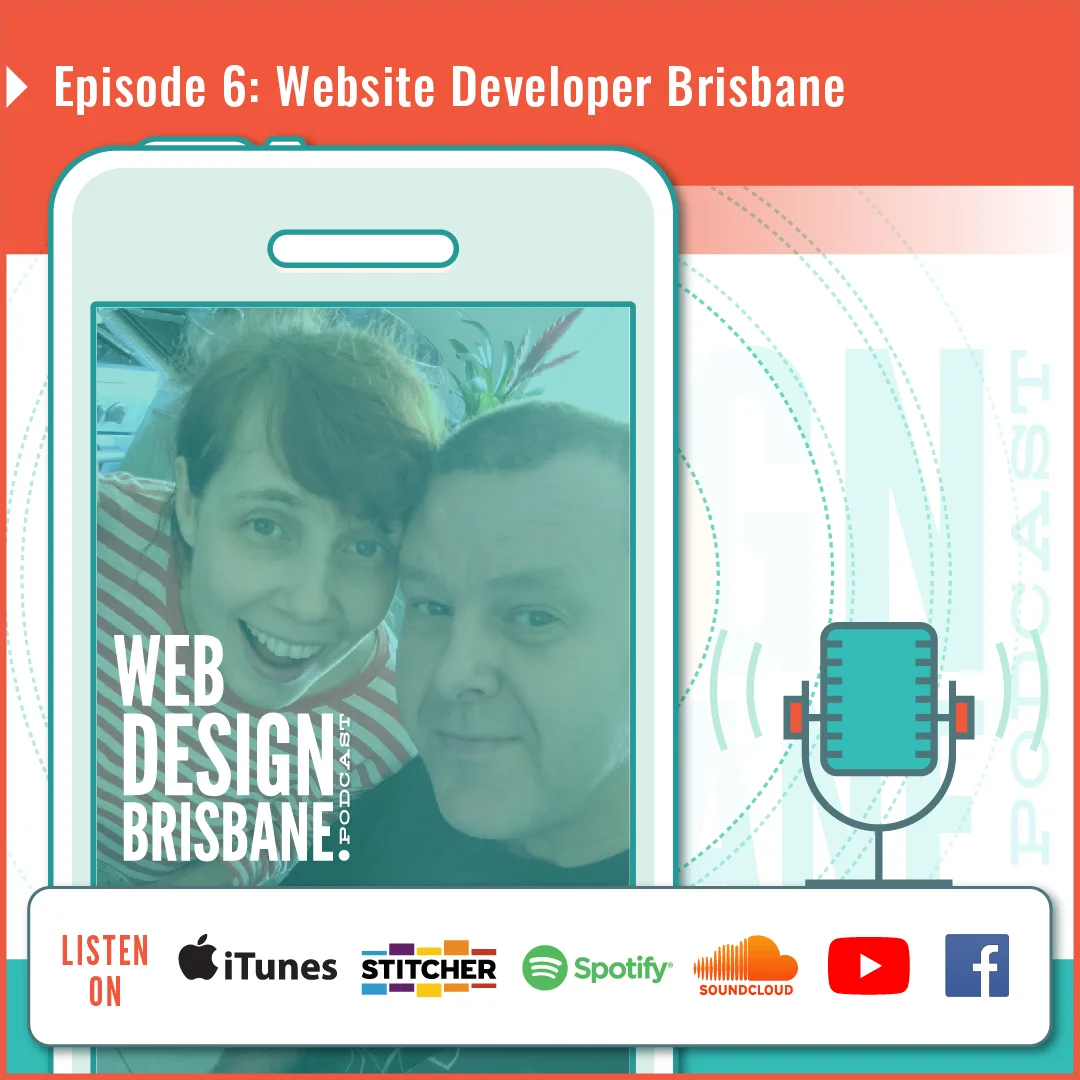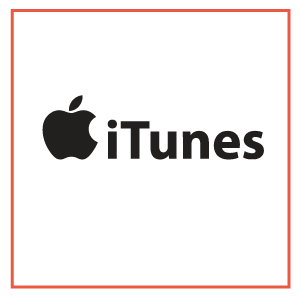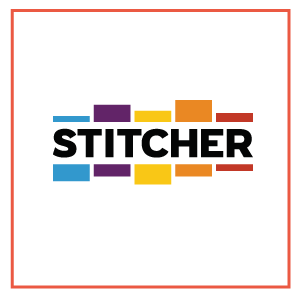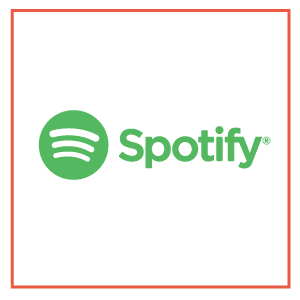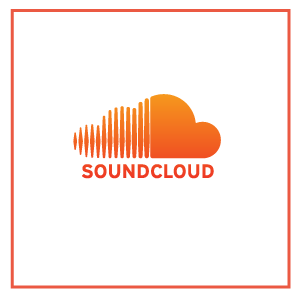Episode 6: Website Developer Brisbane
ALSO LISTEN ON
READ THE TRANSCRIPT OF EPISODE 6 BELOW
[00:00:00] Saul: Hi everybody, and welcome to the Web Design Brisbane Podcast. This is episode number six. Today's episode is entitled Website Developer Brisbane. My name is Saul Edmonds. And as usual, I'm joined by the lovely Gillian Smith.
[00:0015] Gillian: Hello Saul and hello, everybody.
[00:00:17] Saul: Hello, there. We are the co-founders and creative directors of fantastic creative agency, a local business with a passion for helping our clients grow. Over to you, Joe.
[00:00:25] Gillian: Okay, well, if you need some custom requirements for your next web project, you may need to work with a website developer, and today we will talk about custom website development for more complex projects. Our goal here is to help small business owners’ start-ups and entrepreneurs in the city of Brisbane Australia, take their opportunities to the next level with brilliant website design. If you are from another location, or city, welcome. Thanks for joining us today. And we hope that we can help you grow the business in the online space. And today we're going to focus on the topic of website development for larger, more complex projects. As I said, we'll take a look at the process and stages your website developer will move through as your website grows from an initial concept into a fully featured website live online.
[00:01:19] Saul: Okay, yes, so we've got the six stages, generally this is it. This is a broad overview, six stages of website and development. So let's get started. What are they Jill?
[00:01:30] Gillian: Okay, well, first of all, so what can you tell everyone about the first stage, which is discovery and planning?
[00:01:36] Saul: Discovery and planning is exactly what it says, There's our guests, the majority of people who need to have some sort of more complex website development, they obviously won't know exactly how that's going to be built, there'll be a minority of people who will have already done a lot of research into how that should be done. Initially, most people don't. The first thing that needs to be identified is you need to actually discover the goals of what you're trying to build, like what really the end goal, so you can reverse engineer how to build it, and what will actually be the best approach to build it in terms of the level of complexity, the best most optimal way to actually do that, what platform you're going to use to do that, and then also the planning around how to get there, especially generally speaking, the bigger the project, the more moving parts it has so the more the more organized, you have to be to make sure that all those parts fit together like one great big puzzle.
[00:02:50] Gillian: Okay, well, the second stage of a website development process, involves design and UI coding. Now we're going to tell us about design and UI coding this, Saul.
[00:02:59] Saul: Okay, well, the design and the user interface. So UI, meaning the user interface, so that doesn't, I guess, like a lot of people might think of that, in terms of when they're thinking about an app, like a user interface but the user interface is really any time that I use interfacing. Well, yeah, pretty much. Yeah, that's any sort of side or anything that's on a screen that somebody is engaging with in some sort of way so the design, and how the users going to work with it is, was I guess a lot of people separate that from the development. it's actually very much intertwined. That's why if we've got any sort of custom project, I know other people might work a little bit differently. But we never start with the development itself, we don't dive straight into that, once we identify what how it needs to be built, the design and the user interface needs to come first in terms of creating visually how it's going to look, because that's, despite how well it's built. If it doesn't look right, and sit purpose it's meant to serve, then often people won't actually go further.
[00:04:21] Gillian: When do the wireframes come into this process?
[00:04:23] Saul: Wireframes are the very first thing you do before you start, before you actually start doing a full design mock-up of how the website will look very broadly then diving into individual pages, any sets of icons, anything else that happens within the whole design, you need to establish a general flow of where you come into the side. That's where why frames get a very quick initial simple overview. Our version of wire frames is it probably a little bit different to the standard version in that we put a little bit more design into it because we find that super simple wire frames are actually very hard to follow. We have something, our version is probably something in between a wireframe and a proper full design only because when a client was we might understand it, when a client first sees it. It still has to actually make sense, and why friends can look very (same.)
[00:05:40] Gillian: Do you use any specific tools in the wireframe process?
[00:05:44] Saul: Yeah, we do. Well, we, we initially just use the Adobe suite of tools that I guess most designers now use, like Adobe Illustrator, and Photoshop and so forth. But they a range of other wireframing and prototyping tools that are out there. Adobe has one as well but we use one in particular called marvel that we find quite good that is used in across website development and apps as well. That'll be fun, this is really good to be able to show that first result design of a non-working prototype before we go to development to a client.
[00:06:33] Gillian: Okay, well, that brings us on to the third stage website development, and that is the development itself, the actual website build that take us a little bit through that process, Saul?
[00:06:43] Saul: Okay, so we've already got that these those first two steps discovery and planning and design, a generally common across websites and apps and anything where you have to design and develop something, the development stage comes on after the design in UI has been fully approved, which sometimes will actually establish exactly how particular features in development are going to work. That's why step number two design and UI is so important innovation stage as well. Yeah, that's right. It's not only designed but it's a little bit of an extension of the discovery and planning to, then when you hit development. ideally, you want everything locked down in terms of exactly how it should be however, that doesn't mean development can't have a level of flexibility. In terms of talking about agile development, which is a term that's used quite widely agile, also, then just meaning that was agile development has a specific process, agile, generally, meaning that once you hit development, if something occurs, where you need to be a little bit more flexible, if it doesn't work, how you expected, or something's going to work better, then during the development process, which is usually very, is the main bulk of the whole process. If you're doing custom development, then you you've got a pretty large period, where the client won't really see anything was things are being development, until they hit what we consider to be the alpha stage, which is the first opportunity where a client has to actually see what is being built.
[00:08:36] Gillian: During the website development, how can a client sort of stay abreast of what's actually happening and keep up to date in a day by day or week by week sense of how their project is going?
[00:08:48] Saul: Yeah, so we would always give people even if there's nothing really to say for some weeks, there's, we keep people up to date as to why part of the process we're actually because the reality is it's like if you were building a bike from scratch, you're building the tires, you're building the pedals, building everything, you might have the parts there, and as you start to fit them in, and it starts to resemble something like a bike or in this case, then a website. Really, it makes no sense. It's not working properly, parts are working. But it doesn't give a good impression yet, because it's only half-built.
[00:09:33] Gillian: Its components.
[00:09:34] Saul: Yeah, that's right.
[00:09:35] Gillian: Coming together (fast.)
[00:09:36] Saul: Yeah. Okay.
[00:09:37] Gillian: Well, that brings us to the next stage of the website development process, which is quality control. Okay, so how does quality control impact on everything at this point?
[00:09:47] Saul: Yeah, so quality control is ongoing. So as you're, through the design stage, and then to development was there is a specific testing phase, then after this, while you're developing, you're still testing and quality control, in order to maintain that, really keeping your eye on the prize, that prize being what it was meant to do in the first place.
[00:10:17] Gillian: For all the big vision.
[00:10:18] Saul: Yeah, and referring back to the original purposes, and things that you said, as to be the brief for the project. There can be instances where things can sort of go off track and be not built another way, but they need to be kept on target, and really, that just comes down to the people managing the project.
[00:10:47] Gillian: Where does security come into this process? Website security?
[00:10:52] Saul: Yeah, so website security is usually at the end of the project, any side has a security certificate, but then all depending on the type of project, if it's a FinTech, if its financial type about the level of securities next level, but the app or website, but that's at the end of the process.
[00:11:17] Gillian: Okay, well, the fifth stage of the website development process is User Testing. Yeah, That’s why it's real world.)
[00:11:23] Saul: Yeah. So that's right. So initially, before, it's given over to a client, internally, people are looking at it, and testing it anyway, as being actual users themselves but depending on what the site is going to do, it needs to then be in the hands of people who are going to actually be using it, or at least I'm, a group of people who are identified as people privately who will have a private testing before it's launched publicly, you might also have the depending on the type of project it is, you might have a very controlled set of a release that is released to the public but it's not, it's not the word isn't spread about it so you've got a controlled small level of testing to the general public just to see what you know. But all depending on what the project is.
[00:12:24] Gillian: And that brings us to the sixth stages of website development process, which is launch.
[00:12:28] Saul: Launch and even at launch. There's always a period of usually a month or two afterwards, where there's still some level of testing going on to make sure that things even if they're being accepted and things are working. Okay. There's still always some level of just making sure that actually is the case.
[00:12:50] Gillian: Okay, well, after launch, what comes next?
[00:12:53] Saul: Okay, so you've got maintenance of the site to ideally established brief for what that maintenance is going to be is great for everybody, for the client, mainly and then for the people actually making the website so everybody knows what is expected of them, what they have to maintain, what needs to be maintained, ongoing, and if there's anything that the client can do, which is from a non-development point of view, for them to maintain, but just so long as everyone knows what that is.
[00:13:37] Gillian: Okay, well, we hope that you have a little bit more about the website process. Remember, the goal of any web development process is to develop a robust, scalable and state of the art custom solution that will build your business with a measurable return on your investment.
[00:13:56] Saul: Yeah, and Okay, guys, well, that's it for today. Thanks so much for before we go, please don't forget to rate review and subscribe to this podcast. We'd love to hear your feedback. We're on a journey to help local Brisbane businesses grow their opportunities online and exceed their goals. Thanks for listening and we'll see you tomorrow. Bye.

